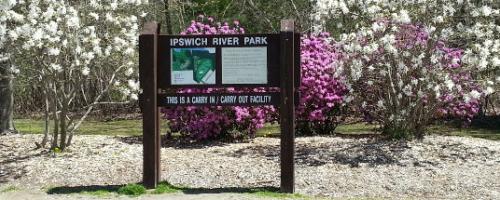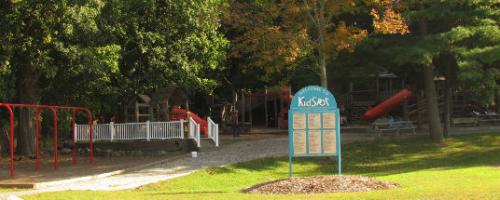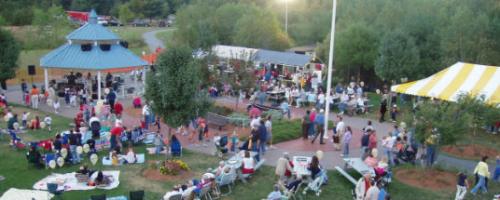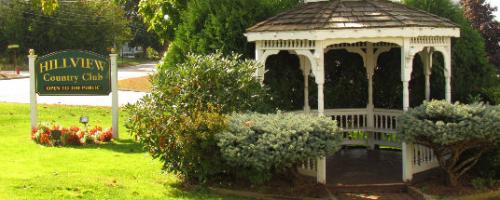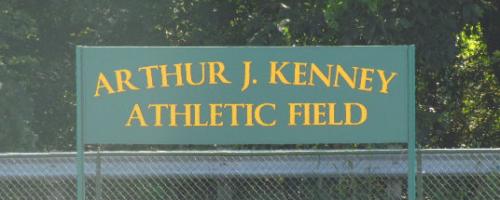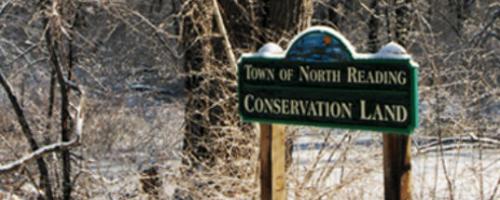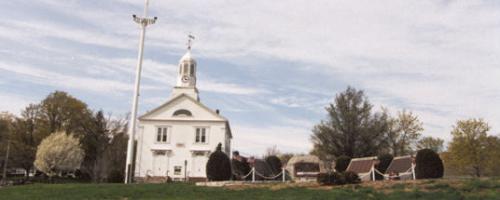Planting to Conserve Water
One way you can save water is to plant flowers, grasses, trees and shrubs that are able to survive placeNew England’s change of seasons. Adapting your landscape to one that can withstand periods of little or no water may sound like a huge sacrifice, but it will be worth it when your lawn is green and your flowers are blooming all summer with little or no added water!
The early fall is a good time to look at your landscape very carefully. What plants and areas are surviving? What plants and areas aren’t doing so well, even with a lot of care and water?
If there is an area of lawn that dried up early, or required a lot of water, replace it with something else such as a mulched planting, try re-seeding with a drought resistant grass, get it some shade, or build up the soil with organic matter.
Organic mulch can decrease water loss through evaporation. Mulch keeps soil cooler than if it were exposed to sun, helps keep the soil porous, improves aeration and infiltration, and controls weeds.
In the early fall, replace plants and lawns that didn’t do too well with plants that flourished during the summer. Your local garden center can help you determine what plants have the best chance of surviving summer (and winter) in this area.
Select plants according to your property’s natural conditions (pH, nutrients, sun and shade) and group plants with similar needs to decrease unnecessary watering and fertilization. Plant native grass and other grasses and shrubs that don’t require a lot of water. Group plants that require extra care so you won’t waste time, energy or water.
To help you get started, here is a short list of native or drought resistant plants that will look great in your yard! Local nurseries can help you expand on this list.
- Annuals/biennials: Cosmos, Marigolds, Strawflower, Morning Glory, Four-O’-Clock.
- Ground Cover: Violets, Thyme, Lilies of the Valley, Creeping Phlox, Bearberry.
- Perennials: Aster, Tawny Daylily, Dusty Miller, Milkweed, Sunflower.
- Trees: Amur Maple, Austrian Pine, CityplaceLondon Plane, White Oak, Japanese Black Pine.
- Shrubs: Broom, Flowering Quince, Junipers, Potentilla, Salt-Spray Rose.
- Grassland Turf: Any fine leafed fescue (Chewings, hard, creeping red, and sheep).
Remember: All newly planted trees, shrubs and flowers need water to get established. Late spring and early fall are two great times to establish new plants in your garden.

